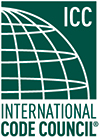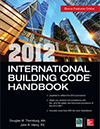| CODE UPDATE |Significant Changes to the 2015 International Building Code |
|
| (The information below is excerpted from the Significant Changes to the 2012 International Codes series.) |
|
Most of the egress provisions in 2012 International Building Code (IBC) Sections 1015 and 1021 have been combined, reformatted and relocated to the general provisions of Sections 1006 and 1007. Previously, both Sections 1015 and 1021 contained requirements addressing the number of means of egress and their arrangement. Section 1015 typically dealt with the required number and arrangement of the means of egress from an individual room or space, while Section 1021 addressed the requirements for the individual story or overall building. Because the relationship of and the distinction between these two sections was not always clear, it often led to confusion or unnecessary difficulty in applying the requirements.
Continue reading more on this update to the 2015 IBC. |
|
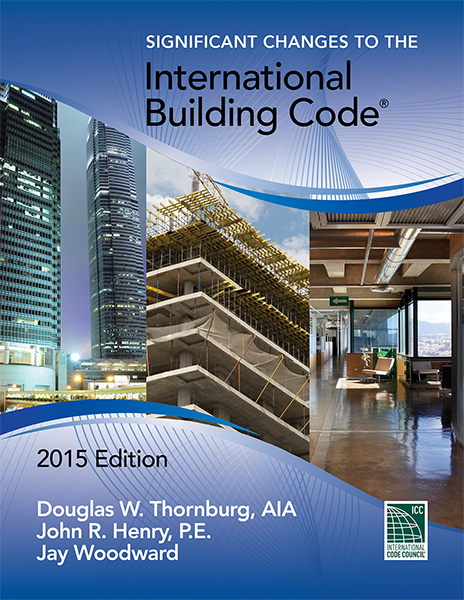 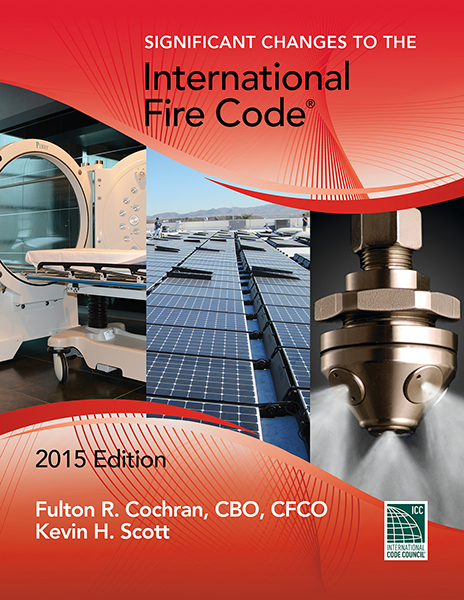 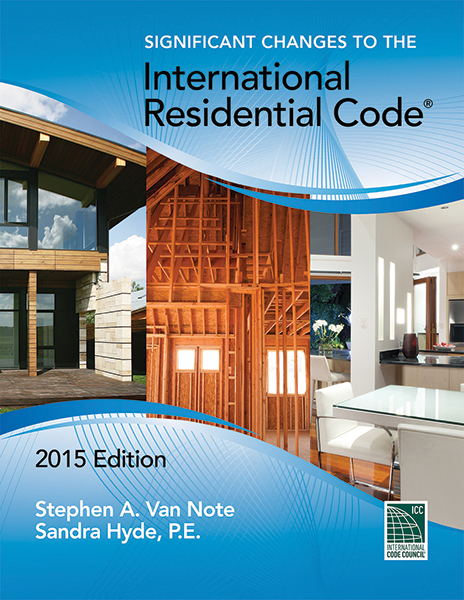 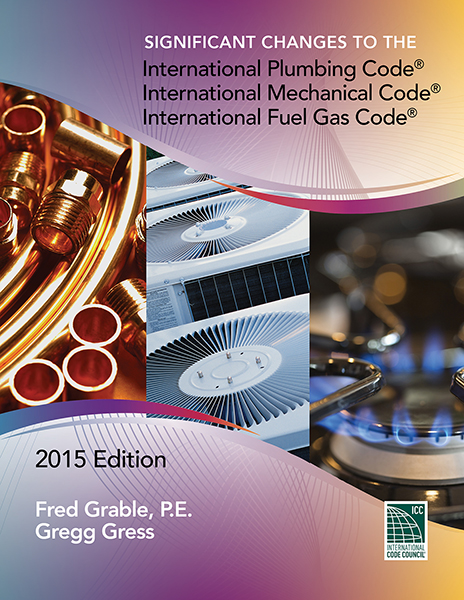 |
The Significant Changes to the 2015 International Codes series has been developed by the International Code Council and published by Cengage Learning to assist code officials, architects, engineers and other construction professionals transitioning from the 2012 to the 2015 editions of the International Codes. The series offers a comprehensive yet practical analysis of hundreds of the most critical changes from a very active code development cycle. Each color publication contains: revised code text; a summary of each change listed; in-depth change analysis; and a detailed photo, illustration or table for each change to deepen understanding. Coverage reflects provisions with special significance, including new and innovative design ideas and technologies, modern materials and methods of construction, and current approaches to safety and stability. Authored by ICC code experts, these useful tools are "must-have" guides to the many important changes in the 2015 International Codes. |
| |
 |
